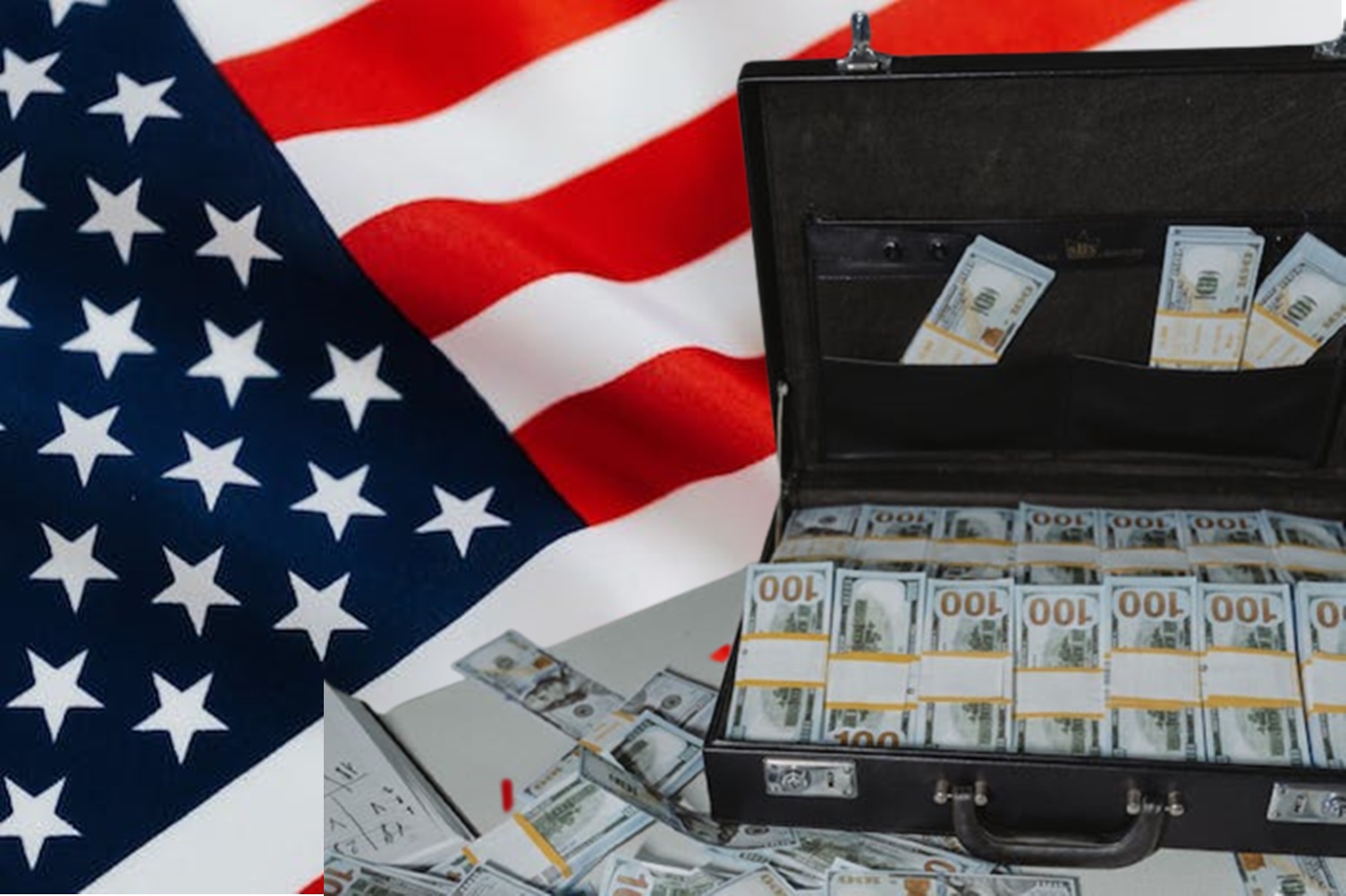Biden Student Loans: In the realm of higher education and finance, few topics have garnered as much attention and debate as President Biden’s approach to student loans.
This comprehensive analysis aims to dissect and understand the intricate policies, implications, and potential impacts of Biden’s stance on student loans, offering readers an in-depth look at this pivotal issue.
The Genesis of Biden’s Student Loan Policies
At the core of Biden’s education policy lies a commitment to alleviate the burden of student loans for millions of Americans. This commitment was a cornerstone of his presidential campaign, resonating with a vast swath of the electorate burdened by student debt. The policy’s genesis can be traced back to the increasing recognition of the crippling effect student loans have on economic growth and individual financial stability.
Key Features of Biden’s Student Loan Forgiveness Plan
One of the most pivotal aspects of Biden’s policy is the student loan forgiveness plan. This plan is characterized by several key features:
- Income-Driven Repayment Plans: These plans aim to make repayment more manageable by capping monthly payments at a percentage of the borrower’s discretionary income.
- Public Service Loan Forgiveness (PSLF): This program is designed to forgive the remaining balance of student loans for those who work in public service jobs after they have made a certain number of qualifying payments.
- Pandemic-Related Forbearance: In response to the COVID-19 pandemic, Biden extended the pause on federal student loan payments, offering temporary relief to borrowers.
Impact on Borrowers and the Economy
The implications of these policies extend far beyond individual borrowers. They are expected to have a significant impact on the broader economy. By reducing the debt burden, these policies aim to increase disposable income, thereby stimulating economic growth. Furthermore, the alleviation of debt stress could lead to increased homeownership rates and more significant investments in personal and professional development.
Challenges and Criticisms
Despite its potential benefits, Biden’s student loan policies have not been without criticism. Critics argue that loan forgiveness could lead to increased tuition rates as colleges may exploit the availability of more substantial federal aid. Additionally, there is concern about the fairness of loan forgiveness for those who have already paid off their loans or chose not to attend college due to the cost.
Impact of Biden’s Student Loan Policies
Understanding the Changes and Their Effects on Borrowers
In recent years, the student loan landscape in the United States has undergone significant changes, especially with the introduction of policies under President Biden’s administration. These policies have had far-reaching impacts on borrowers, shaping their financial realities and future prospects.
The Ripple Effect on Borrowers
- Policy Overview: At the forefront, it’s essential to understand the specific policies implemented. This includes adjustments in repayment terms, potential debt forgiveness, and changes in interest rates. A clear and concise summary of these policies provides a foundational understanding of their scope.
- Statistical Analysis: To objectively assess the impact, we delve into statistical data. This includes the number of borrowers affected, average debt reduction, and changes in repayment patterns. This data, sourced from reputable financial and educational institutions, offers a quantitative measure of the policy’s effectiveness.
- Expert Insights: Expert opinions from economists, educational policy analysts, and financial advisors add depth to our understanding. These professionals can shed light on the long-term implications of these policies, potential economic ramifications, and comparisons with previous student loan strategies.
- Personal Narratives: The inclusion of personal stories or case studies brings a human element to the discussion. These narratives showcase the real-life impact of these policies on individual borrowers. They provide insight into how these changes have helped or hindered their financial stability and educational goals.
- Conclusion: A well-rounded conclusion ties together the statistical data, expert opinions, and personal stories. It offers a comprehensive view of the overall impact of Biden’s student loan policies, highlighting both successes and areas needing improvement.
By addressing these key points, this article aims to provide a thorough and balanced perspective on the impact of President Biden’s student loan policies. It’s designed to be informative for a wide range of readers, from borrowers themselves to policymakers and educational stakeholders.
The Future of Student Loans Under Biden’s Administration
Looking ahead, the future of student loans under Biden’s administration seems poised for significant reform. Continued emphasis on income-driven repayment plans and forgiveness programs is likely, along with potential legislative actions aimed at reducing the overall cost of higher education.
Comparison with Previous Student Loan Policies
Contrasting Biden’s Approach with Past Administrations
The recent student loan policies introduced under President Biden mark a significant shift from those of previous administrations. To fully appreciate the scope and impact of these changes, it’s essential to draw a detailed comparison with past strategies.
Under previous leaderships, student loan policies primarily focused on standard repayment plans and limited forgiveness programs. These approaches often required lengthy service in specific professions or adherence to strict criteria, which made them inaccessible to many borrowers. The policies also heavily emphasized loan servicer management and the importance of standard repayment schedules.
In contrast, Biden’s approach has been notably more borrower-friendly. It includes broader loan forgiveness opportunities, expanded income-driven repayment plans, and significant alterations to Public Service Loan Forgiveness (PSLF) programs. This shift demonstrates a clear intention to alleviate the financial burden on a larger scale and to offer more practical solutions to those struggling with student debt.
Evaluation of Improvements or Setbacks
When evaluating the improvements or setbacks of Biden’s student loan policies, several key points emerge:
- Increased Accessibility: Biden’s policies are designed to be more inclusive, offering forgiveness and repayment options to a wider range of borrowers. This inclusivity represents a significant improvement in terms of equity and accessibility.
- Economic Impact: By reducing the student loan burden, these policies have the potential to positively impact the broader economy. Individuals freed from heavy debt loads may contribute more effectively to economic growth through increased spending and investment.
- Long-Term Sustainability: A concern with these policies is their long-term sustainability. Critics argue that widespread loan forgiveness could lead to increased tuition rates and further dependence on loan-based education financing.
- Administrative Challenges: Implementing these sweeping changes poses significant administrative challenges, including updating systems, retraining staff, and ensuring clear communication with borrowers.
However, while Biden’s student loan policies represent a notable shift towards borrower-friendly practices, their long-term impact, both economically and educationally, warrants careful observation and continuous evaluation.
Conclusion: A Step Towards Alleviating Student Debt
In conclusion, President Biden’s student loan policies mark a substantial step towards addressing the long-standing issue of student debt in the United States. While these policies are not without their challenges and criticisms, they represent a meaningful effort to provide relief to millions of Americans and stimulate economic growth.
Educational Resources and Further Reading
For those interested in delving deeper into the intricacies of student loan policies and their impact, numerous resources are available. Academic journals, governmental websites, and financial advisory services offer a wealth of information for those seeking to understand and navigate the world of student loans under the Biden administration.
Stay Informed and Empowered
In a rapidly evolving economic landscape, staying informed about policies affecting student loans is crucial. We encourage readers to continue exploring this topic and engage in discussions that drive forward positive change in the realm of education finance.


